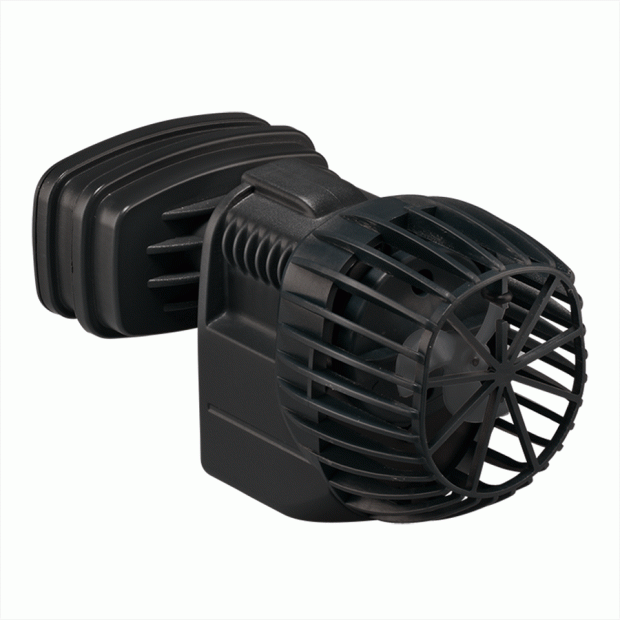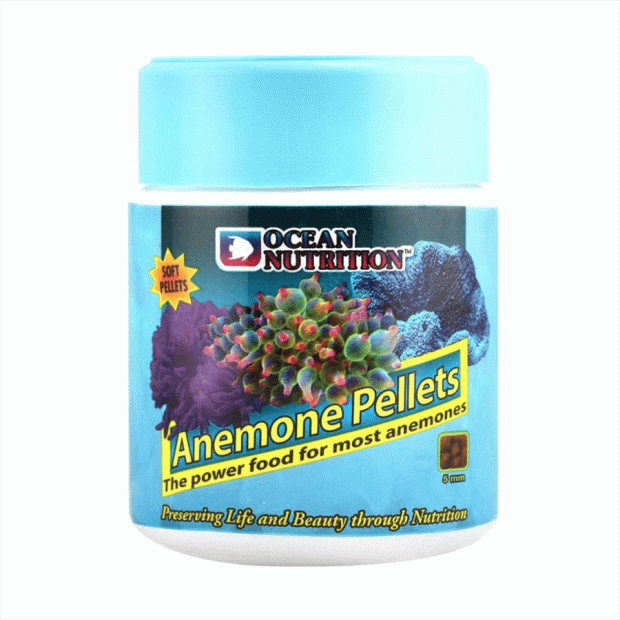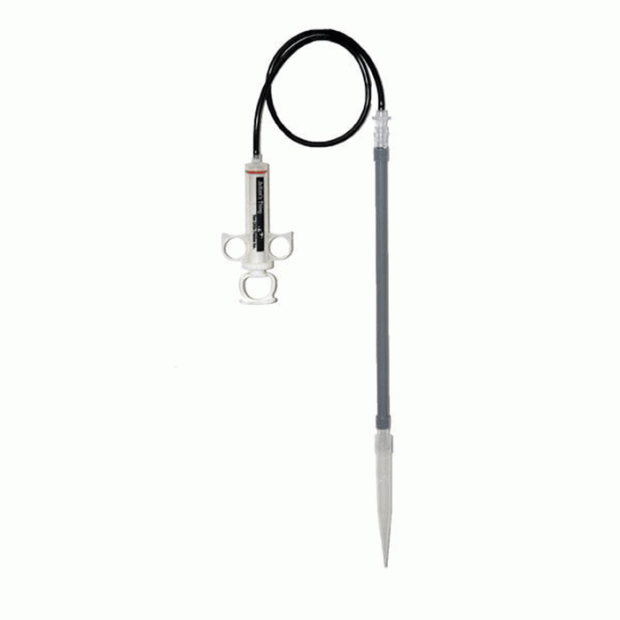- Colours, patterns, and size may vary
- Beginner friendly anemone
- Grows to max diameter of 30cm
Overview
Everything you need to know about Pink Condylactis Anemones, at a glance:
- Common Names: Haitian Anemone, Pink Tipped Anemone, Condy Anemone
- Scientific Name: Condylactis gigantea
- Max Size: ~30cm
- Temperature Range: 25-28°C
- pH Range: 8.1-8.4
- Salinity Range (SG): 1.023-1.025
- Compatibility: Reef-safe, with caution
- Area Of Origin: Caribbean, Western Atlantic
- Suitable Foods: Finely shredded meaty foods and anemone-specific pellets
- Special Requirements: Only add to established aquariums (at least six months old), requires strong lighting
What is a Pink Condylactis Anemone?
Condylactis Anemones are amongst the most popular anemones in the hobby, known for their bright colours, crown of long tentacles, and interesting ability to ‘walk’ around their aquariums. They’re less demanding than other anemones and are often recommended as great choices for beginners.
There are several different species of Condylactis Anemone, though C.gigantea is the one most commonly available in the hobby. These anemones are native to the shallow reefs of the Caribbean Sea and Western Atlantic Ocean, their range stretching all the way from the West Indies to the Florida Keys.
Like other anemones, Condylactis Anemones are known to host anemonefish, such as Clownfish, and form mutualistic relationships with them. This involves anemones providing anemonefish with shelter and protection, while anemonefish provide anemones with food, help rid them of parasites, and chase away predators.
How do I care for a Pink Condylactis Anemone?
While Condylactis Anemones may be one of the most suitable anemones for a beginner, they still require some specialist care. Like other anemones, Condylactis Anemones are delicate and therefore need to be kept in an established aquarium (at least six months old, preferably older) with very stable water parameters.
As photosynthetic animals – or, more accurately, animals with photosynthetic symbionts – Condylactis Anemones require strong lighting. They get a lot of their nutrition from their photosynthetic symbionts, but they should also be fed supplementary meaty foods, finely shredded, or anemone-specific pellets at least once a week.
Condylactis Anemones, like most other anemones, are venomous and can (and will) sting stationary corals as they move around your aquarium. For this reason, they should only be added to a reef tank with caution. You should also reduce your flow and cover your filter intake before you add your new anemone to prevent it from climbing inside and getting dangerously entangled with any motorised mechanisms.
Condylactis Anemones will move around your aquarium until they find a comfortable spot, often on a rocky surface exposed to lots of light. You can encourage your anemone to move should you not like the spot it settles in, but this should be done with extreme caution and only really if it’s endangering the lives of your aquarium’s other inhabitants.
How is this Pink Condylactis Anemone delivered?
All of our aquatic animals are dispatched from our livestock distributor and delivered directly to your door. Our distributor dispatches and delivers livestock packages Tuesday through Friday to avoid animals being in transit over the weekend.
After placing your livestock order, you’ll receive all the information needed to track your livestock order via email. If you have any problems regarding delivery, or concerns about the health/wellbeing of your animal(s) upon arrival, please contact us, Swell UK Ltd, immediately, or at least within 48 hours of receiving your livestock order.
Any other, non-livestock items that you purchase alongside livestock will be sent via standard or express delivery and arrive at your delivery address in a different package. This means that, depending on when you place your order, you may receive your non-livestock items before or after your livestock package.
For a detailed breakdown of when you can expect to receive your livestock package depending on the day you place your order, be sure to check the delivery details in the specifications below.
How do you acclimate a Pink Condylactis Anemone?
It’s very important that you acclimatise new animals to your aquarium. This is the process of gradually adjusting an animal to its new environment and it’s especially important in an aquatic setting where sudden changes in water temperature, pH, and salinity can cause stress, illness and, in some cases, even death.
Before you acclimate your Condylactis Anemone, it’s recommended that you put on a pair of water-proof gloves (rubber gloves work fine). This will stop your Condylactis Anemone from stinging you and protect them from any toxic substances/residue that may be present on your hands.
To acclimate your Condylactis Anemone, place the bag with the anemone inside into your aquarium. Float the bag for at least 20 minutes to allow the temperature of the water in the bag to match the temperature of the water in your aquarium. Then, open the bag and, over the course of an hour, add small amounts of aquarium water.
After an hour, your Condylactis Anemone should be ready to release. It’s recommended that you discard the water from the bag before transferring your anemone. Also, place your new anemone where your sand bed is deepest, and as far away from your wave pump as possible. Consider turning off your wave pump during this acclimation process.
Above images for illustration purposes only. Exact colours, patterns, and size may vary between individuals.
Please note: The livestock that is sold on our online site is not held in store at our Swell shop, or available for collection from the shop. Species sold at our Swell store will differ from ones available to order to your door.
All livestock deliveries are subject to our full Delivery Terms & Conditions, please read before ordering.
Please refer to our livestock Christmas delivery schedule for orders placed after 14th December
| Order Livestock By | Receive Order By |
| Monday 11:30am | Wednesday |
| Tuesday 11:30am | Thursday |
| Wednesday 11:30am | Friday |
| Thursday 11:30am | Saturday |
| Friday | Wednesday |
| Saturday | Wednesday |
| Sunday | Wednesday |
Christmas Schedule
| Order Placed On | Delivery Date |
| Monday 15th December by 12:00 | Wednesday 17th December |
| Tuesday 16th December by 12:00 | Thursday 18th December |
| Wednesday 17th December by 12:00 | Friday 19th December |
| Thursday 18th December by 12:00 | Saturday 20th December |
| Sunday 21st December by 12:00 | Tuesday 23rd December |
Orders placed after 21st December at 12:00 will be delivered on Tuesday 6th January.
| Order Placed On | Delivery Date |
| Sunday 4th January 12:00 | Tuesday 6th January |
| Monday 5th January 12:00 | Wednesday 7th January |
| Tuesday 6th January 12:00 | Thursday 8th January |
| Wednesday 7th January 12:00 | Friday 9th January |
| Thursday 8th January 12:00 | Saturday 10th January |
-
 Brown Malu AnemoneFrom £59.19In stock
Brown Malu AnemoneFrom £59.19In stock -
 White Malu AnemoneFrom £65.79In stock
White Malu AnemoneFrom £65.79In stock -
 Condylactis AnemoneFrom £28.29In stock
Condylactis AnemoneFrom £28.29In stock











